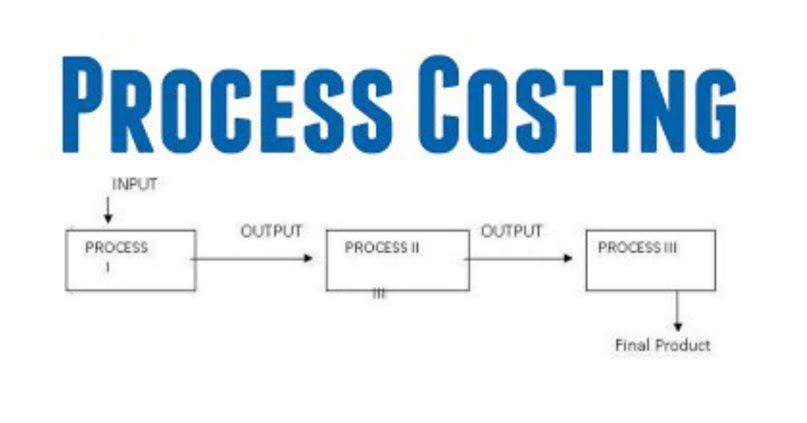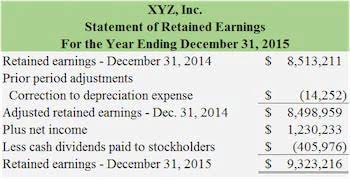Content

Because of their widespread use, we will use present value tables for solving our examples. One way to tell if you’re looking at a future value or present value problem is to look at how many times the interest rate is being applied. In the future value example illustrated above, the interest rate was applied once because the investment was compounded annually. In the present value example, however, the interest rate is applied twice. This means that the future value problem involves compounding while present value problems involve discounting.
- You can think of present value as the amount you need to save now to have a certain amount of money in the future.
- We can calculate FV of the series of payments 1 through n using formula (1) to add up the individual future values.
- The risk premium required can be found by comparing the project with the rate of return required from other projects with similar risks.
- Our focus will be on single amounts that are received or paid in the future.
- Assume the monthly cash flows are earned at the end of the month, with the first payment arriving exactly one month after the equipment has been purchased.
We can combine equations (1) and (2) to have a present value equation that includes both a future value lump sum and an annuity. This equation is comparable to the underlying time value of money equations in Excel. We see that the present value of receiving $5,000 three years from today present value of a single amount is approximately $3,940.00 if the time value of money is 8% per year, compounded quarterly. Behind every table, calculator, and piece of software, are the mathematical formulas needed to compute present value amounts, interest rates, the number of periods, and the future value amounts.
Present Value of a Future Sum
Let’s use the Present Value (PV) calculation to record an accounting transaction. A timeline can help us visualize what is known and what needs to be computed. The present time is noted with a “0,” the end of the first period is noted with a “1,” and the end of the second period is noted with a “2.” If you know any three of these four components, you will be able to calculate the unknown component. Click enter on your keyboard and you’ll see the value returned is -19,588. Remove the negative symbol in front of it and you get 19,588 or $19,588, as we got with our other formulas.
- However it’s determined, the discount rate is simply the baseline rate of return that a project must exceed to be worthwhile.
- For the PV formula in Excel, if the interest rate and payment amount are based on different periods, adjustments must be made.
- Behind every table, calculator, and piece of software, are the mathematical formulas needed to compute present value amounts, interest rates, the number of periods, and the future value amounts.
- Determining the appropriate discount rate is the key to properly valuing future cash flows, whether they be earnings or debt obligations.
- The payback period, or payback method, is a simpler alternative to NPV.
The present value of an investment is the value today of a cash flow that comes in the future with a specific rate of return. Any asset that pays interest, such as a bond, annuity, lease, or real estate, will be priced using its net present value. Stocks are also often priced based on the present value of their future profits or dividend streams using discounted cash flow (DCF) analysis. For the PV formula in Excel, if the interest rate and payment amount are based on different periods, adjustments must be made. A popular change that’s needed to make the PV formula in Excel work is changing the annual interest rate to a period rate.
The Time Value of Money
NPV can be calculated using tables, spreadsheets (for example, Excel), or financial calculators. If, on the other hand, an investor could earn 8% with no risk over the next year, then the offer of $105 in a year would not suffice. You want to know the value of your investment now to acheive this or, the present value of your investment account. A perpetuity is an annuity in which the constant periodic payments continue indefinitely. The present value is the amount you would need to invest now, at a known interest and compounding rate, so that you have a specific amount of money at a specific point in the future. You can think of present value as the amount you need to save now to have a certain amount of money in the future.

Because the PV of 1 table had the factors rounded to three decimal places, the answer ($85.70) differs slightly from the amount calculated using the PV formula ($85.73). In either case, what the answer tells us is that $100 at the end of two years is the equivalent of receiving approximately $85.70 today (at time period 0) if the time value of money is 8% per year compounded annually. Present value calculator is a tool that helps you estimate the current value of a stream of cash flows or a future payment if you know their rate of return. Present value, also called present discounted value, is one of the most important financial concepts and is used to price many things, including mortgages, loans, bonds, stocks, and many, many more.
Present Value Formula and Calculation
Based on this result, if someone offered you an investment at a cost of $8,000 that would return $15,000 at the end of 5 years, you would do well to take it if the minimum rate of return was 12%. Our online tools will provide quick answers to your calculation and conversion needs. The present value of a single sum tells us how much an amount to be transacted in the future is worth today.